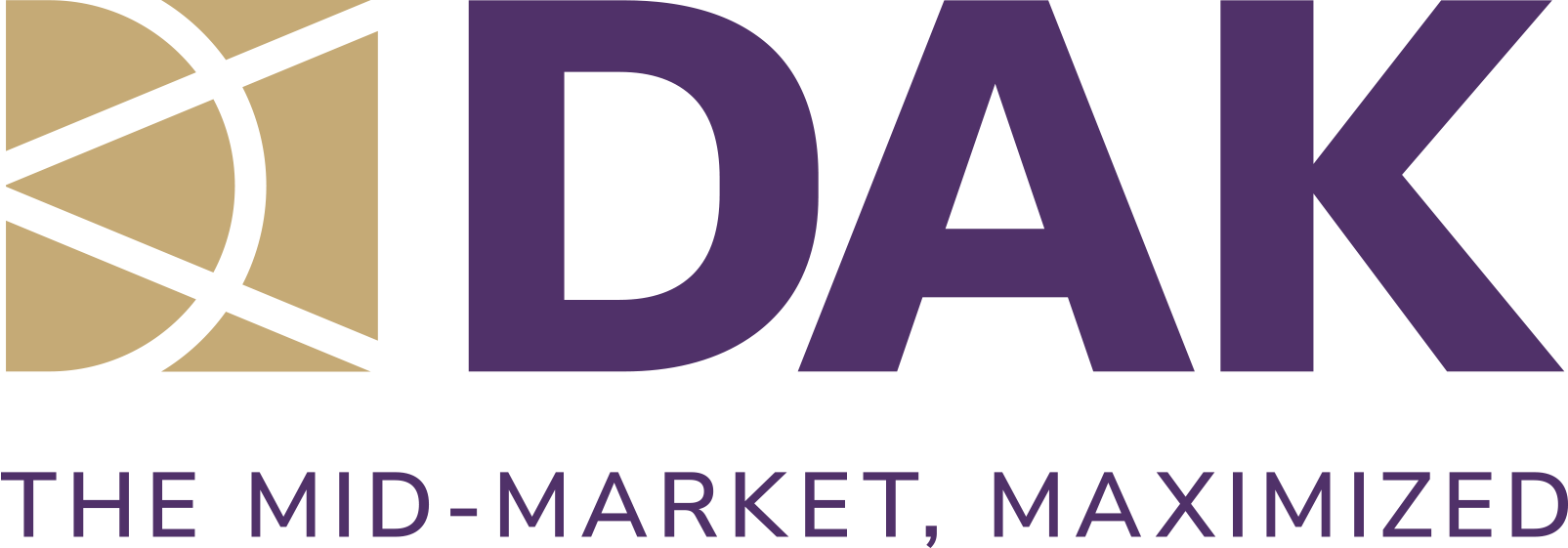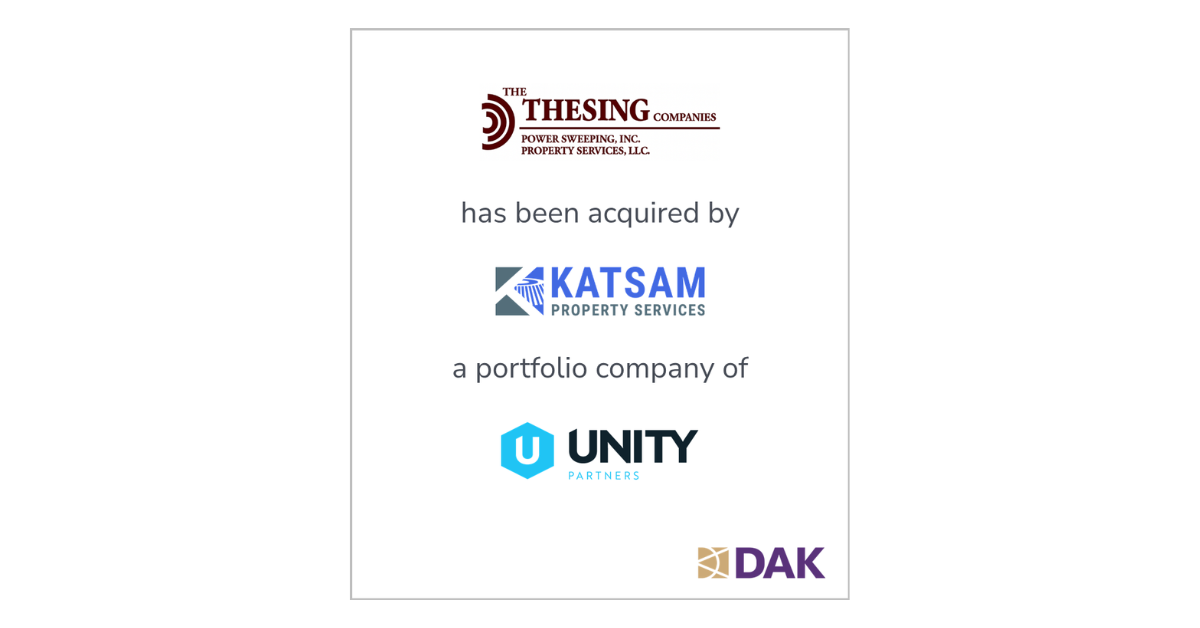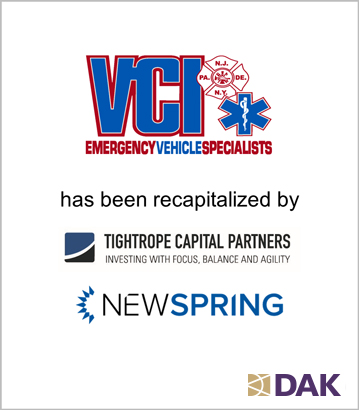There’s a place for small- and medium-sized systems integrators to thrive as their larger peers become mega-integrators, like our Integrator of the Year.
Our 2017 pick for Integrator of the Year was a bit of a contentious choice — after all, rather than choosing one specific firm, we instead gave a nod to the “Mega-Integrator,” or the systems integrator company which inches closer every year to the $1 billion revenue mark.
A systems integrator like AVI-SPL or Diversified reaches that point by facing acquisition by investment capital and continually offering customers more services.
The age of the Mega-Integrator seems to spell trouble for companies that aren’t exceptionally large, or niche companies that address specific needs for a specific subset of customers. But NSCA executive director Chuck Wilson doesn’t necessarily see it that way.
“Companies between 50 and 200 employees have to figure out what footprint they need and work with partners to compete nationally and globally,” says Wilson.
He sees integrators that aren’t exceptionally large or especially small as finding opportunities with the projects the companies acquired by mega-integrators stopped doing because their new parents are focused on bigger projects.
So, those who are expecting a void between the Mega-Integrator and its tiny counterpart are likely to be surprised at how much work remains for mid-sized companies.
“Integrators have to be thinking about the next move,” says Ari Fuchs, director of DAK, which is an investment banking firm specializing in the middle-market.
“Once you get comfortable, that’s when you start to lose footing. We’ll continue to see consolidation and the big keep getting bigger, but that means there’s room for the middle market to accelerate and become the next Integrator of the Year.”
AVIXA senior director of market intelligence Sean Wargo still sees a place for small and medium-sized integrators to thrive as some competitors become mega-integrators.
“As large integrators get acquired, it creates an opportunity for people to move up,” he says.
“All these mergers and acquisitions don’t mean there won’t be small-and medium-sized companies that serve local needs or a specialized market.”
CLICK BELOW FOR:
PRINTABLE VERSION
READ ORIGINAL





